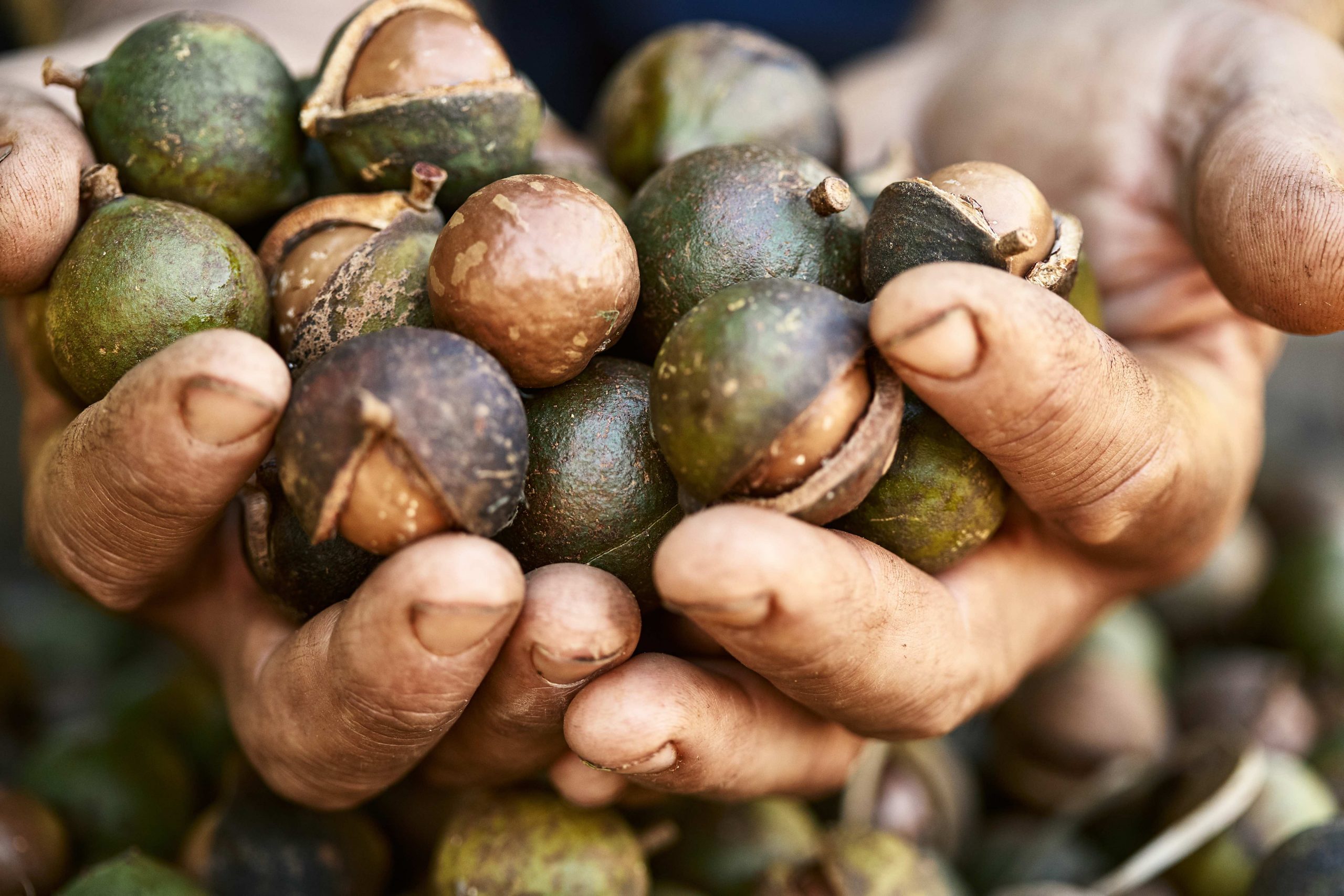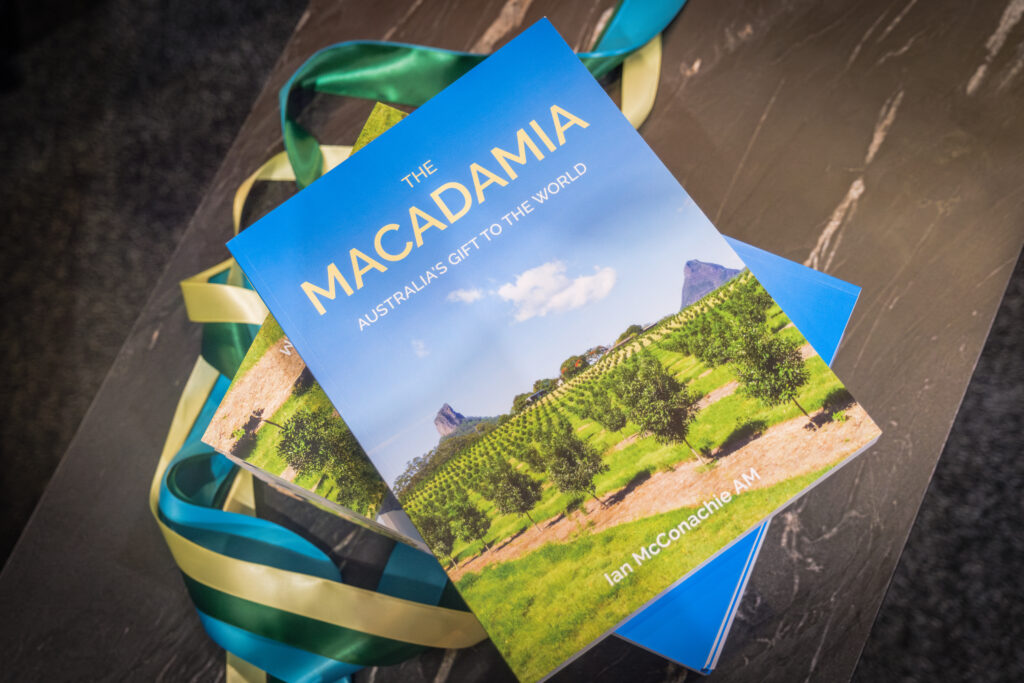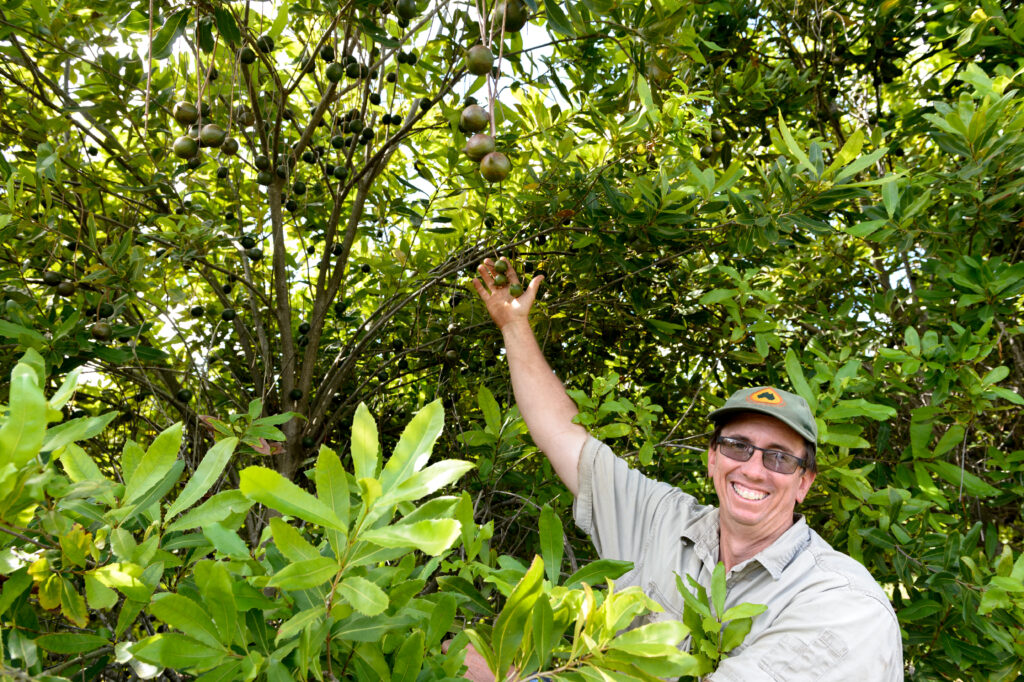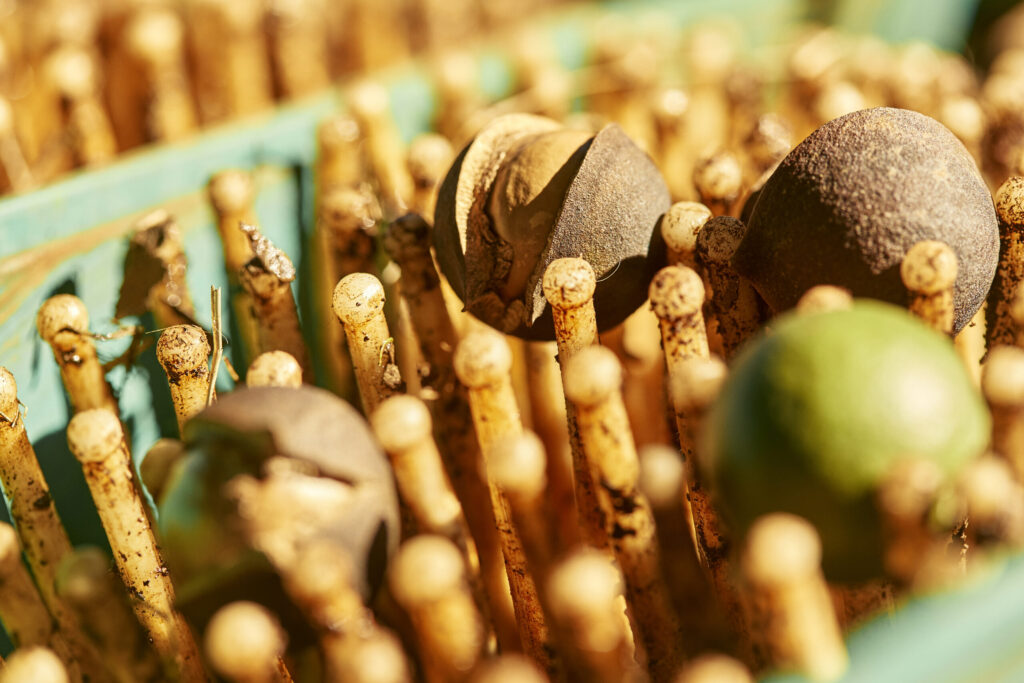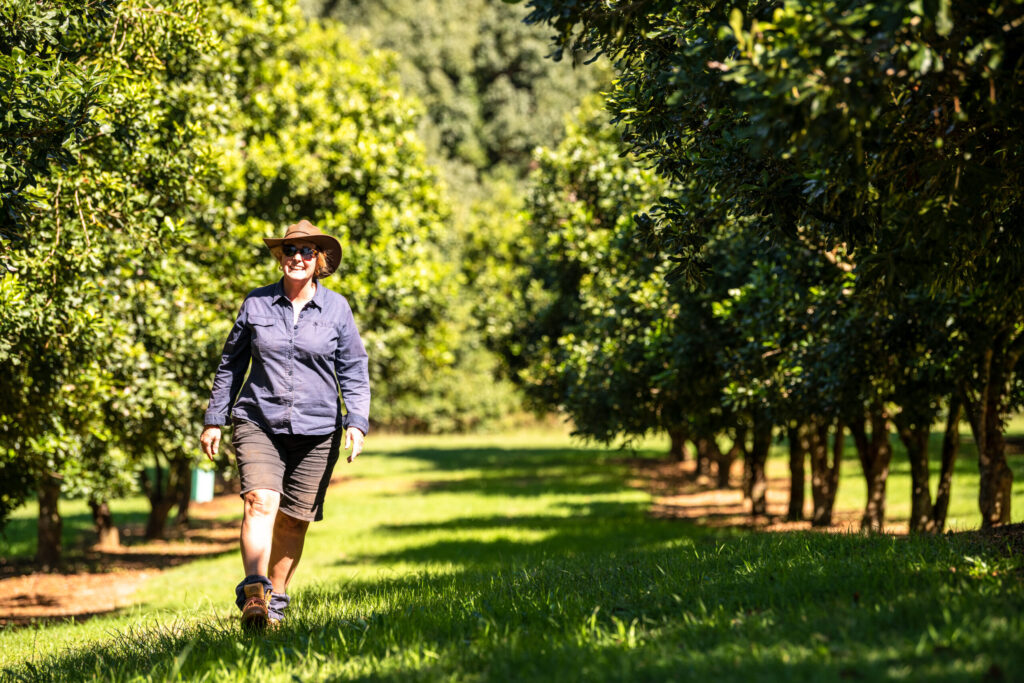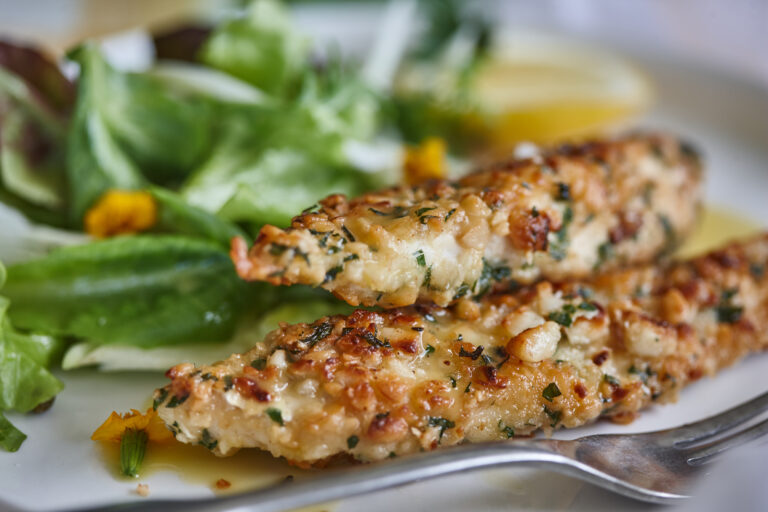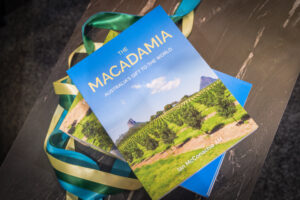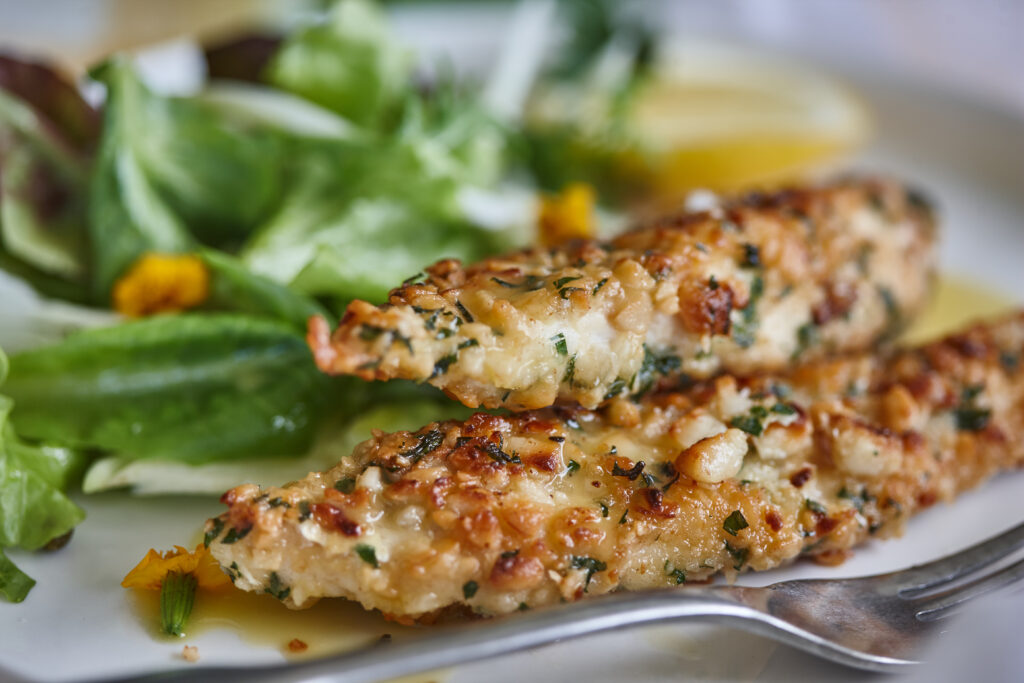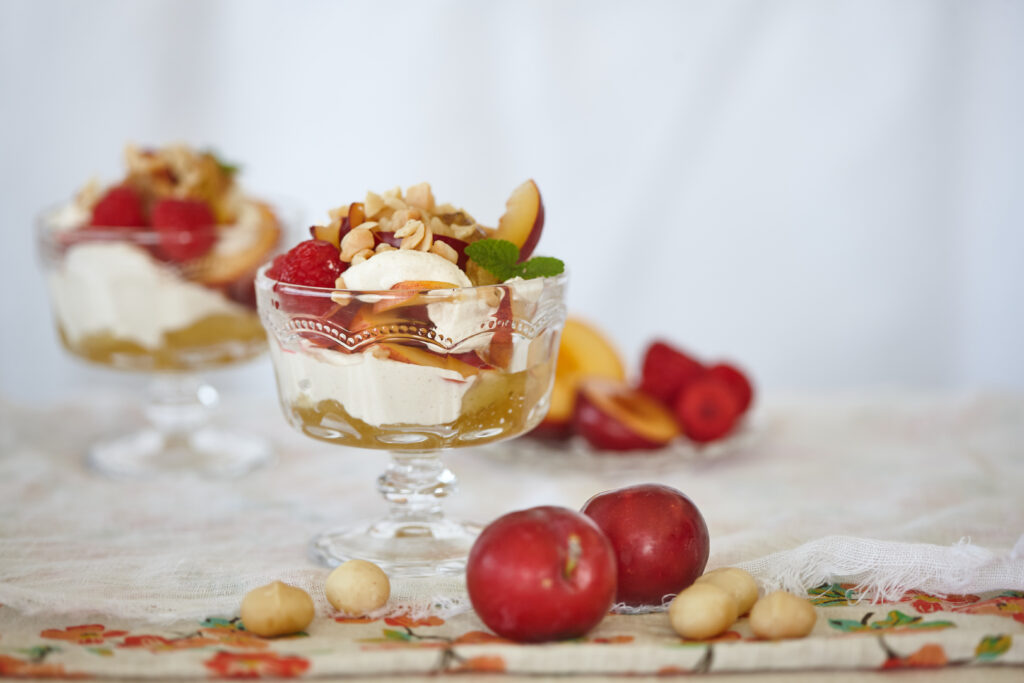Macadamias are indigenous to Australia, but many people think they originate from Hawaii. We look at the fascinating story of how the humble macadamia nut crossed the Pacific, became an Hawaiian icon and then returned to thrive in its original home of Australia.
The nineteenth century was a critical time in the history of botany. Of course, the study of plants and their uses had been around for millennia, but in the 1800s the foundations for the modern science of botany was established. At the beginning of the century, the growth of botanical knowledge relied on many so-called “gentlemen scientists” who could afford to travel, document and collect plants from all across the world.
A nineteenth century “gentleman scientist”
The four species of macadamias had been known to indigenous Australians for thousands of years, long before 1857 when they were classified and given the genus name ‘Macadamia’ by the head of the Royal Botanic Gardens, Melbourne.
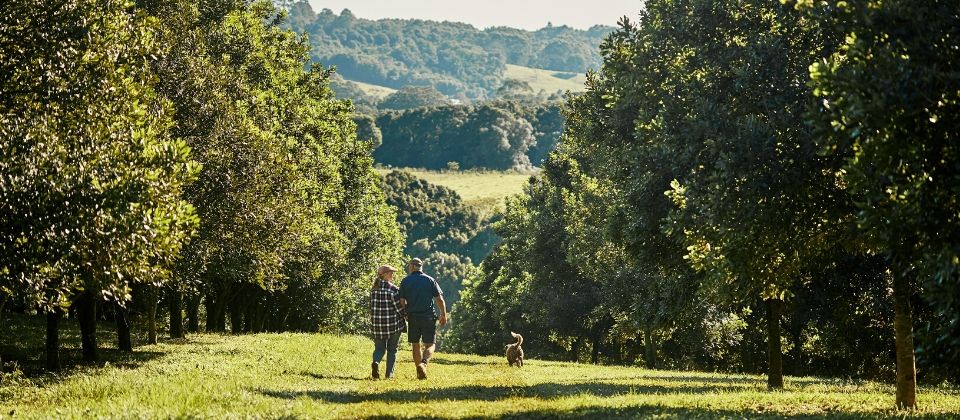
By the early 1880s the first commercial macadamia orchard had been planted in Lismore (NSW). That’s when William Herbert Purvis saw the potential for the trees as ornamental plants. An Hawaiian plant collector and sugar cane farmer, Purvis saw the trees during his travels to Australia, and introduced them to his sugar cane plantation in Hawaii to act as a windbreak.
A twentieth century innovation
It was another thirty years before the potential of the macadamia was fully realised in Hawaii. In the early twentieth century, the Hawaiian Agricultural Experiment Station (responsible for developing new crops for the islands so they wouldn’t be so dependent on sugar cane) began to encourage planting of the nut to supplement coffee crops. This idea was seized upon by businessman Ernest Van Tassel who established the Hawaii Macadamia Nut Company and planted the first commercial plantation in Honolulu in 1925.
Up to this point all macadamia trees planted in Australia or Hawaii had been planted using seeds. The Hawaiian Agricultural Experiment Station were the first to successfully graft the trees, paving the way for them to scale up their commercial industry. Because of this innovation, Hawaii was the largest producer of macadamia nuts in the world until 1997, when it was overtaken by Australia.
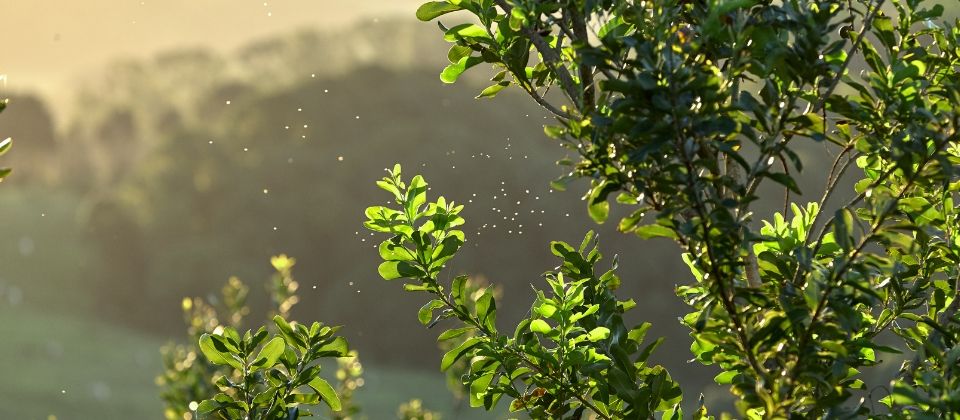
Full circle
Hawaii’s success as a commercial producer of macadamias was built on the plant samples brought from Australia by William Purvis. In fact, most of the macadamia nuts grown commercially across the globe are descended from those very plants. This has inspired many modern day researchers to head back to Australia, the true home of the macadamia, to find wild cultivars to boost the genetic diversity in commercial macadamia production throughout the world.
Now, Australian farmers produce around 50,000 tonnes of macadamias per year, with 70% of the crop exported to more than 40 countries, compared with Hawaii’s annual production of around 16,000 tonnes.
Do you know an interesting historical story about macadamias? Head over to our Facebook page and share it with us!
